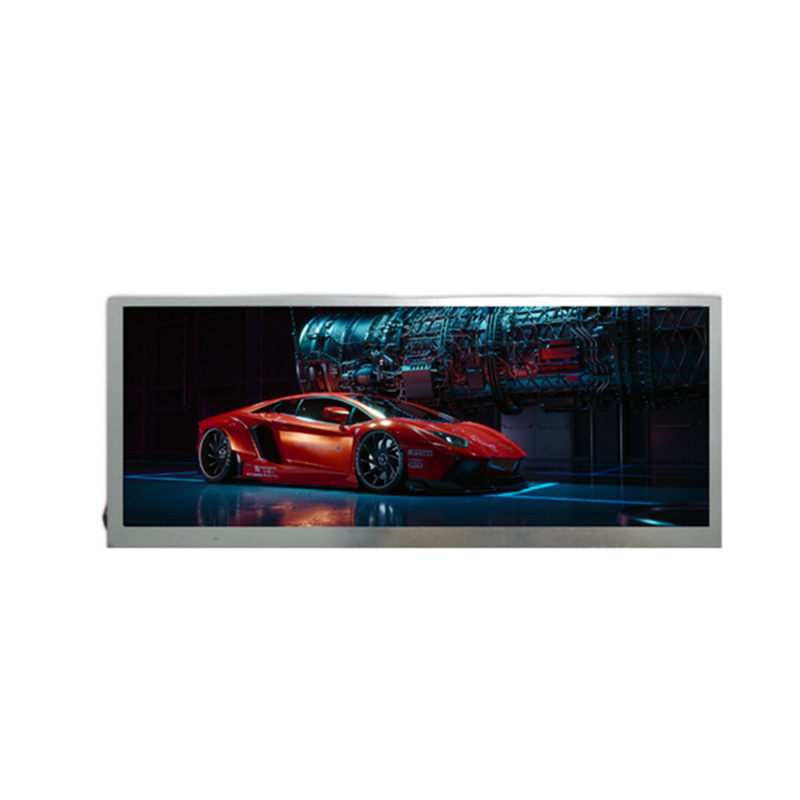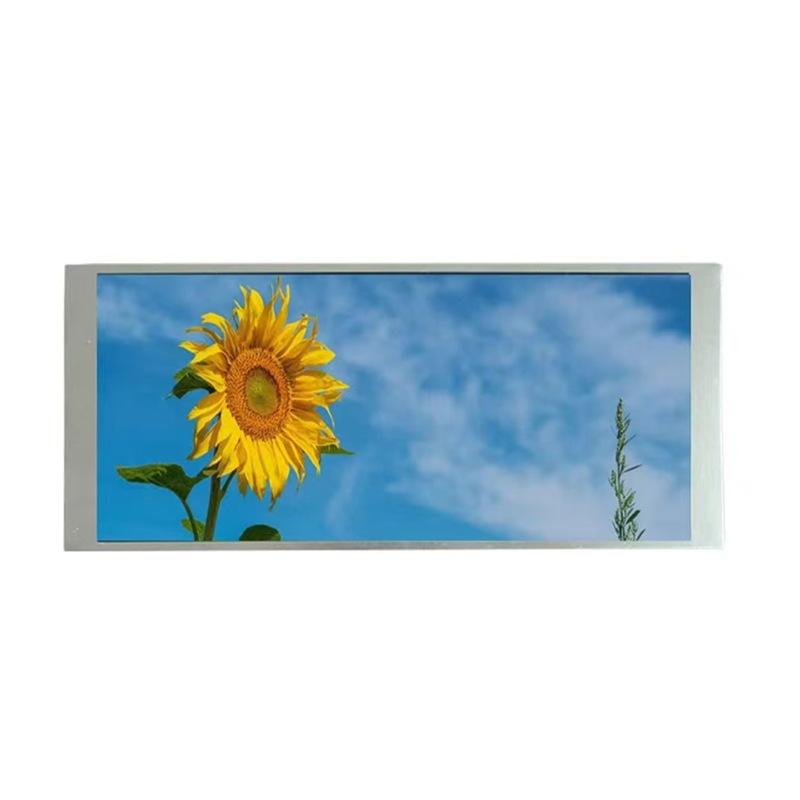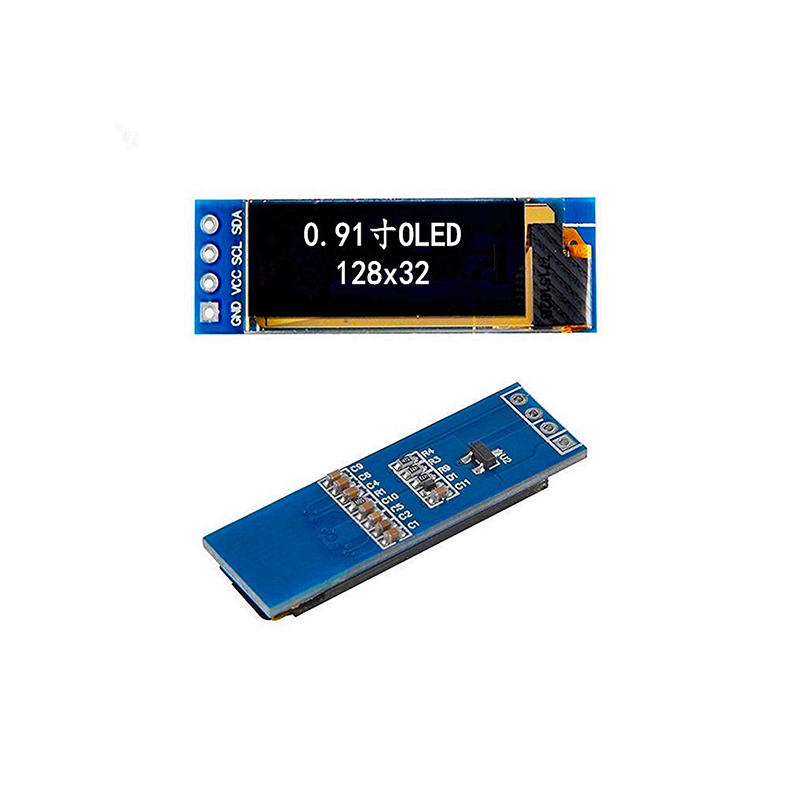
This guide provides comprehensive information on Dell TFT screens, covering troubleshooting common issues, choosing the right screen for your needs, and understanding key specifications. We'll explore various screen types, resolutions, and features to help you make an informed decision. Learn how to identify problems with your Dell TFT screen and find solutions, ensuring optimal performance and visual clarity.
Dell offers a wide range of Dell TFT screens, each employing different technologies. Common types include TN (Twisted Nematic), IPS (In-Plane Switching), and VA (Vertical Alignment). TN panels are typically the most affordable, offering fast response times ideal for gaming, but often compromise on color accuracy and viewing angles. IPS panels generally provide superior color accuracy and wide viewing angles, making them suitable for graphic design and video editing. VA panels strike a balance between these two, offering good color accuracy and contrast ratios at a competitive price. Choosing the right panel technology depends heavily on your intended use.
The resolution of your Dell TFT screen significantly impacts visual clarity and detail. Higher resolutions like 1920x1080 (Full HD), 2560x1440 (QHD), and 3840x2160 (4K UHD) offer increasingly sharper images. Aspect ratios, such as 16:9 and 21:9 (ultrawide), affect the overall screen shape and viewing experience. Consider your workspace and the type of content you consume most frequently when selecting a resolution and aspect ratio. For example, ultrawide monitors are becoming increasingly popular for productivity and gaming.
If your Dell TFT screen isn't powering on, check the power cord connection to both the monitor and the power outlet. Ensure the power switch on the monitor itself is turned on. Try a different power outlet to rule out power supply issues. If the problem persists, the power supply unit within the monitor might be faulty. For advanced troubleshooting, consider checking connections to your computer or other devices, making sure the input source is correctly selected on the monitor.
Image distortion or flickering can indicate problems with the screen's internal components or cable connections. Check the connection between your computer and the Dell TFT screen, trying a different cable if possible. If the problem remains, internal components within the monitor may need repair or replacement. Look for loose internal connections or damaged components.
Poor image quality, such as blurry images or poor color accuracy, might stem from incorrect settings. Adjust the brightness, contrast, and color settings on the monitor's on-screen display (OSD) menu. Ensure the correct input source is selected. Outdated or corrupted drivers can also contribute to poor image quality, requiring an update or reinstall.
Selecting the perfect Dell TFT screen requires careful consideration of several factors. Consider the size, resolution, panel type (TN, IPS, VA), response time (important for gaming), refresh rate (higher refresh rates reduce motion blur), and features like adjustable height and tilt. Your budget will also play a crucial role in the decision-making process. Reading online reviews and comparing specifications from reputable sources like Dell's official website is highly recommended.
| Model | Resolution | Panel Type | Response Time | Refresh Rate |
|---|---|---|---|---|
| Dell U2723QE | 2560 x 1440 | IPS | 5ms | 60Hz |
| Dell S2722QC | 2560 x 1440 | VA | 4ms | 75Hz |
| Dell P2723QE | 2560 x 1440 | IPS | 5ms | 60Hz |
Note: Specifications are subject to change. Always refer to the official Dell website for the most up-to-date information. For high-quality LCD panels and displays, consider exploring the options available at Dalian Eastern Display Co., Ltd.
This guide is intended for informational purposes only and does not constitute professional advice. For advanced troubleshooting or repairs, consult a qualified technician.












